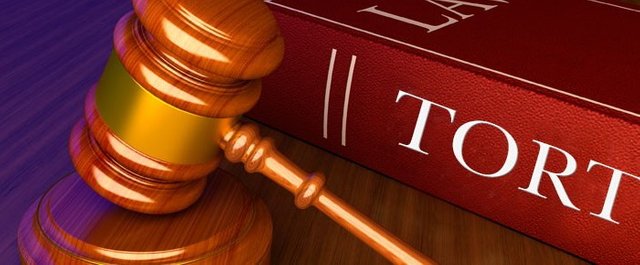Tort Law: Haskins v. 3M Company

Hello Steemers! In my legal ethics class, we are currently studying tort law. I found a court case that can be used as a great example of tort law in action. The case can be found in the Harvard Law Review.
Court Case: Haskins v. 3M Company
Topic: Tort Law
Date: July 21, 2017
Link: https://harvardlawreview.org/2017/12/haskins-v-3m-co/
Case Summary:
Mesothelioma is a rare form of cancer where malignant cells form in the lining of the lungs and/or lining of the heart. This disease is affecting American lives today, killing over 2000 people every year. Regardless of the harmful effects of asbestos, plaintiffs in asbestos litigations often fail to show the court specific causation. In other words, they fail to show a direct connection between asbestos and mesothelioma. Defendants are often large companies and owners of smaller companies that have used asbestos in many ways.
Regarding tort theory, plaintiffs who have suffered from a cumulative dose disease like mesothelioma must show the court that the defendant’s marginal dose increased the cumulative exposure to a threshold level beyond the human body’s defenses. During asbestos court cases, plaintiffs have often departed or attempt to move away from traditional tort standards to overcome the complications it generates. One of their methods includes the substantial factor test. This is where courts instead require plaintiffs to show that the exposure itself was a significant factor in the development of the disease.
In Haskins v. 3M Company, the District Court of South Carolina excluded expert testimonies in an asbestos lawsuit. The court applied the substantial factor test. Judge Norton in this case made suggestions for what would be considered as sufficient enough evidence, however, he also demanded more evidence that may not have been scientifically feasible to obtain. John Haskins and James Chesher both served in the U.S. Navy roughly 50 years ago. Both were diagnosed with mesothelioma. Each plaintiff individually filed suit against “suppliers of the asbestos-containing products” used on their naval ships. They alleged that their exposure to the asbestos that emanated from the defendants’ products was responsible for their mesothelioma. Haskins and Chesher both presented the opinions and testimony of Dr. Carlos Bedrossian. His opinions established a strong connection between the exposure to asbestos and mesothelioma. As a result, defendants in both cases filed motions to exclude Dr. Bedrossian’s input, claiming that he could not connect the plaintiff’s exposure to any specific product. In the end, the court assumed that the law should be weighted more than scientific fact.
This specific court case is related to chapter 6 of our class curriculum because it shows the use of tort law in an unconventional way. A tort is a civil wrong, not arising from a breach of contract or agreement, and proximately causing another individual harm or injury. The purpose of tort law is to provide remedies for the violation of protected interests. It recognizes two different types of damages; Compensatory and punitive damages. The law also has two different classifications of torts; Intentional and unintentional torts. In this specific court case, the plaintiffs sought compensatory damages while also claiming that the defendants of the case are guilty of an unintentional tort, where negligence could have been a factor in the use asbestos on these naval ships. In my opinion, it seems that there is a failure by the defendants in this case to live up to a required duty of care that any reasonable person would exercise in a similar circumstance.
In summation, I leave you all with several important questions. Do you agree with the two plaintiffs who suggest that there was a direct connection between the exposure to asbestos and the development of mesothelioma? Do you think that tort law has weaknesses that work in favor of defendants in asbestos litigations? Lastly, do you think that Dr. Bedrossian’s scientific expertise and opinions should have been considered by the court in their ruling?
- Leave a comment below and share your input!

